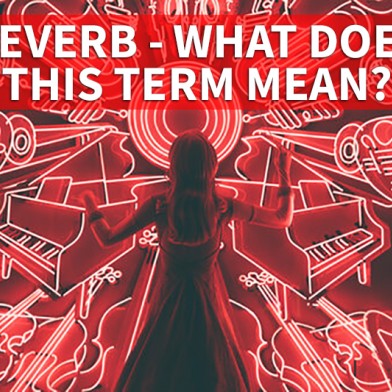REVERB - WHAT DOES THIS TERM MEAN?
- 10 February 2021 22:38:54
- Reviews: 0
- Views: 993
-

Reverberation is a rather uncommon concept, a term. Reverberation is associated with the phenomenon of the gradual disappearance of sound energy after the source is muffled, i.e., the occurrence of a large number of waves reflected from the surface of the room. Therefore, in a room with an echo, the human ear feels as if the sound is dragged out due to the phenomenon of reverberation. This phenomenon is best observed in empty rooms with large reflective surfaces.
Reverb consists of the sounds of the first reflections, as well as early reflections from the ceiling, floor and side walls. Behind all these reflections lies a reverb tail consisting of 2000 reflections that reach the listener's ear after the first reflections.
The concept of reverb is also related to the concept of initial delay: ITDG (Initial Time Delay Gap). This is the time difference between the original sound and the sound from the first reflection. The scientist Beranek has sometimes dealt with initial delays, according to him, from this it follows that the ITDG time (t1) should be in the range from 15 to 30 milliseconds. With a first bounce time of 50 to 70 milliseconds, the listener gets the feeling that he is in a large space. All other reflections that reach more than 100 milliseconds are perceived by the ear as an echo. The early bounce is believed to be in the 80 millisecond range.

The concept of reverb is indispensable to the concept of reverb time. The reverberation time is the time after which the sound pressure level drops by 60 dB after the sound source is switched off. This is equivalent to a thousandth of the cost of the starting sound. Reverberation time is one of the main criteria for the acoustic evaluation of interiors, because the reverberation time should not be too long or too short, so that we do not feel like we are in an acoustically dead room. The exception to the rule are the so-called anechoic chambers, in which we want the shortest possible reverberation time by eliminating reflections, absorbing and scattering sound as much as possible.
Reverberation time depends on many factors: the size and shape of the room, the type and location of the materials from which it is made, temperature, humidity, and the frequency of the sound. There are many mathematical formulas for calculating reverberation time. One of the most popular is the Sabin pattern, others are, for example, Eyring or Millington-Sett.


